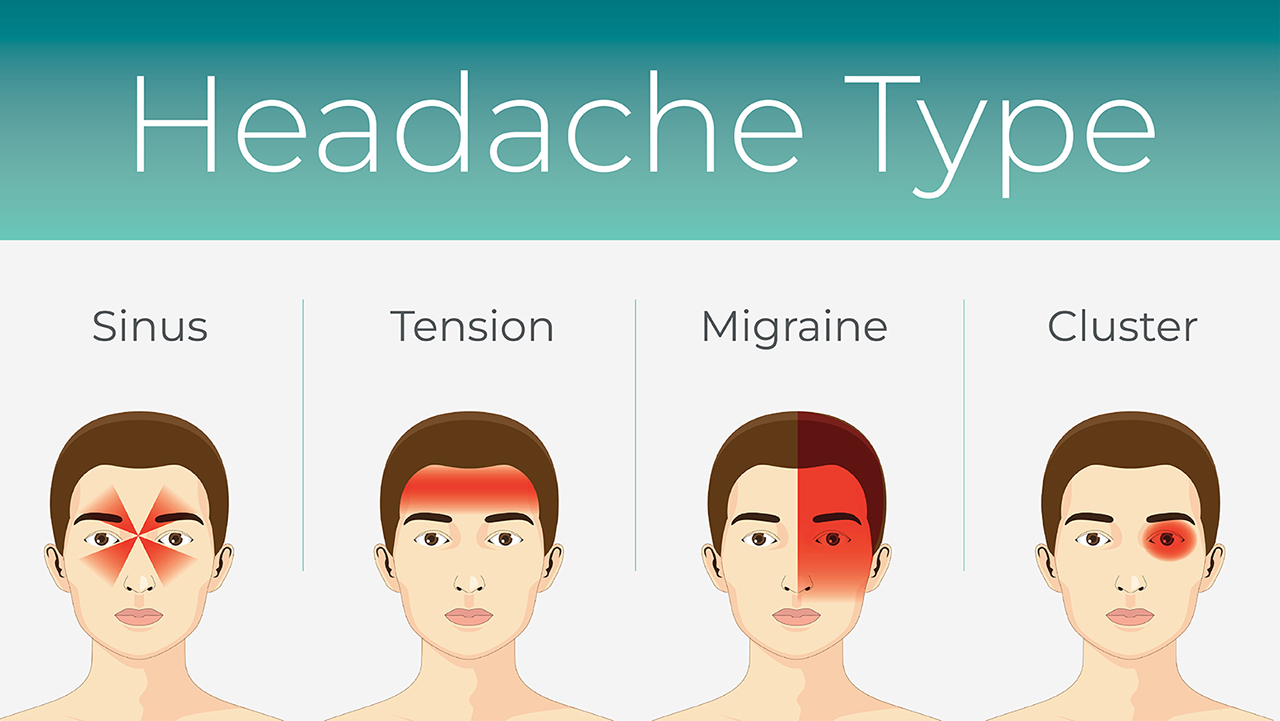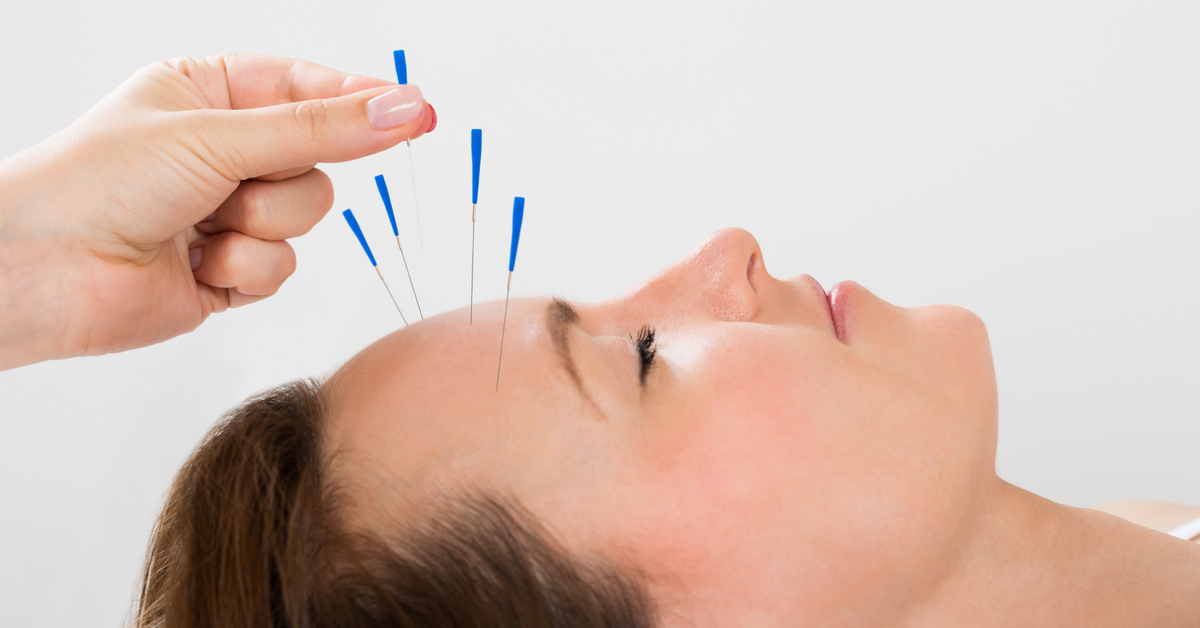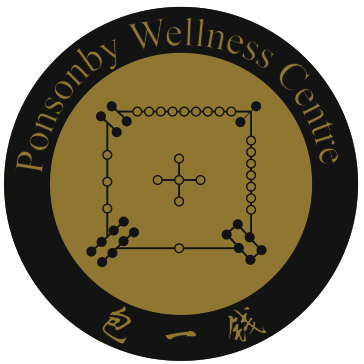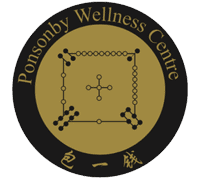Migraine is far more than just a headache. It’s a neurological condition characterised by intense, often debilitating headaches accompanied by a range of symptoms like nausea, vomiting, and sensitivity to light and sound. For those who suffer from migraines, it’s not just a momentary discomfort; it can significantly impact their quality of life, affecting their ability to work, socialise, and function normally. The picture below demonstrate some types of headaches, highlighted by a red colour demonstrating the origin of pain (notice migraine is the pain that originates from either side of the head)

How is Migraine Developed?
While the exact cause of migraines remains somewhat elusive, researchers believe that they involve a combination of genetic, environmental, and neurological factors. One prevailing theory suggests that migraines result from abnormal brain activity, which temporarily alters nerve signals, blood flow, and chemical balances in the brain.
Common Causes of Migraine:
Several factors can trigger migraines, including:
- Hormonal Changes: Many women experience migraines during menstruation, pregnancy, or menopause due to fluctuations in estrogen levels.
- Certain Foods: Some foods and drinks, such as aged cheeses, processed meats, alcohol (especially red wine), and caffeine, can trigger migraines in susceptible individuals.
- Stress: Emotional stress and tension can trigger migraines or make existing ones worse.
- Sensory Stimuli: Bright lights, strong smells, and loud noises are common triggers for migraines.
- Changes in Sleep Patterns: Too much or too little sleep, as well as jet lag, can trigger migraines
Current Migraine Treatment:
The management typically involves a combination of medication and lifestyle changes. Medications such as triptans, NSAIDs, and anti-nausea drugs are commonly prescribed to alleviate symptoms and prevent future attacks. Additionally, lifestyle modifications like stress management techniques, regular exercise, and maintaining a consistent sleep schedule can help reduce the frequency and severity of migraines. Read more about Migraine here.

Why Some Treatments Aren’t Effective:
Despite advancements in migraine treatment, not all therapies are effective for everyone. Migraines are a complex condition with varying triggers and underlying mechanisms, making it challenging to find a one-size-fits-all solution. Furthermore, some individuals may experience side effects from medications or have coexisting conditions that limit treatment options.
New Zealanders suffering from migraines
Just recently, a publication on Newshub, 2024, announced that “New Zealand doesn’t have access to medication that other countries do.” This means that of the estimated 642,000 people in New Zealand who suffer from migraine, the current treatment available in the health system is “not enough” as a treatment and greater action/alternative methods must be considered.
The Promise of Acupuncture:
As conventional treatments may not provide sufficient relief for all migraine sufferers, many are turning to alternative therapies like acupuncture. Originating from traditional Chinese medicine, acupuncture involves the insertion of thin needles into specific points on the body to stimulate energy flow and promote healing. Acupuncture is generally well-tolerated and carries minimal risk of adverse effects compared to some medications. This makes it an appealing option for those seeking natural, non-pharmacological approaches to migraine treatment.
Research suggests that acupuncture may be an effective adjunctive therapy for migraine management. Studies have shown that acupuncture can reduce the frequency, duration, and intensity of migraines, possibly by modulating pain pathways and neurotransmitter levels in the brain. For example, acupuncture needle stimulation helps the body to release endorphins and other hormones to stimulate the circulatory system, and restore the flow of positive energy throughout the body, improving Qi, which further balances the body to reduce pain.
One example from our previously published blog is that acupuncture becomes the body’s natural painkiller by closing the grates for the two main nerve fibres that stimulate pain (the A-beta and C nerve fibres), when this gate is closed, the pain stimulus is reduced.
Also, when acupuncture is done in combination with other physical therapies, such as visiting physio, long duration but light exercise such as stretching, yoga walking etc., has a greater effect to reduce the onset of migraine attacks.

Contact Us
You can also book an appointment with our expertise acupuncturist here
Contact us via:
phone number: 021 2159963
email address: ponsonbywellness@gmail.com
Our Location
57 Sussex St
Grey Lynn
Auckland 1021



